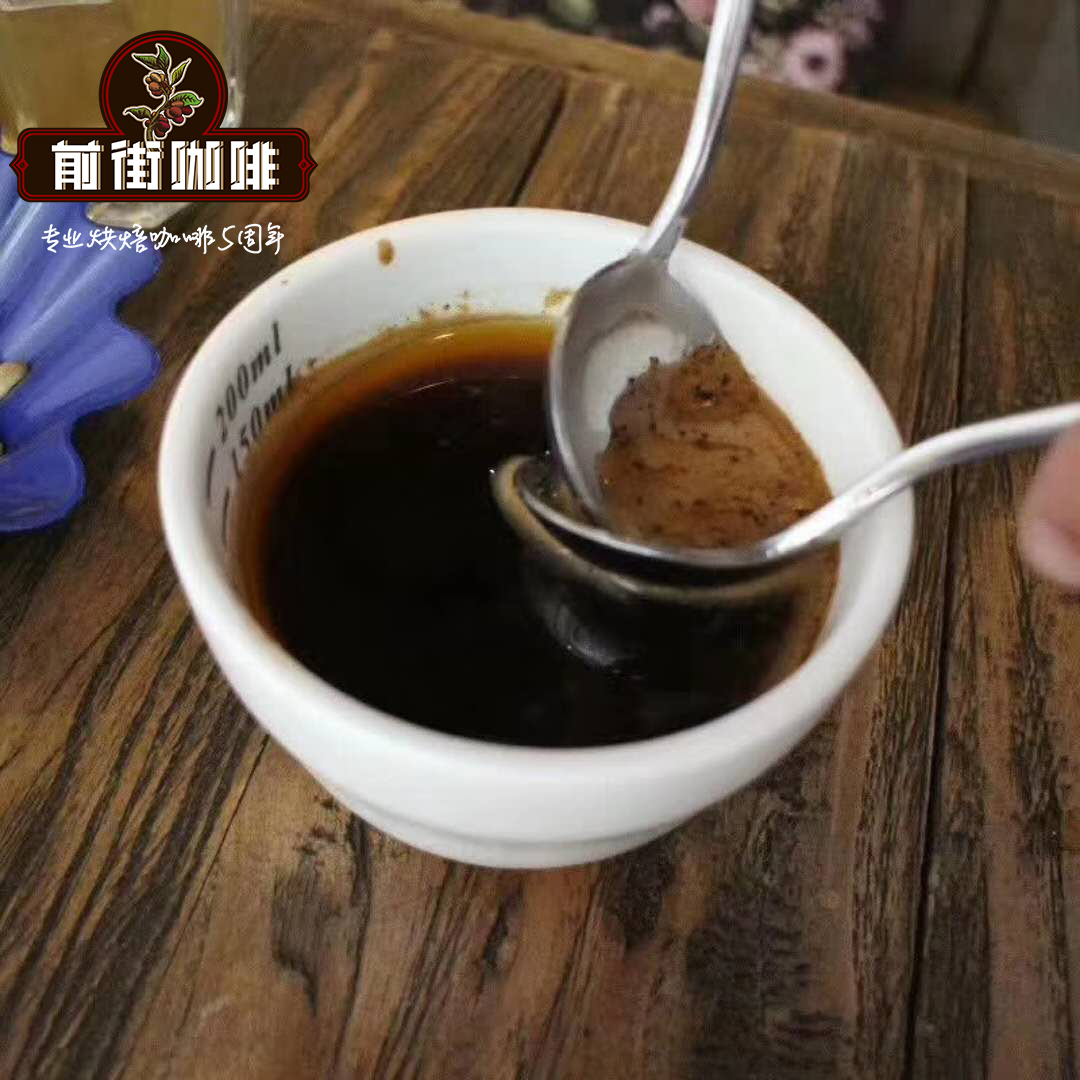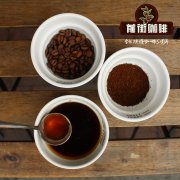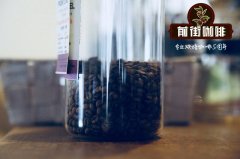Kenya Kaliluni AA Introduction| Machakos, Kenya Kaliluni AA

Kaliluni AA is produced by many small farmers, who are members of the Kaliluni Farmers' Cooperative Association, who send coffee to Kaliluni Coffee Factory, a famous washing plant in Kenya. These farmers live in the mountains about 60 kilometers southwest of Nairobi. Coffee in the area is not as famous as nearby Kiambu and Embu, but its high altitude and rolling hills make the land very suitable for producing high-quality coffee beans. The harvest here is earlier than in some other parts of Kenya.
Kaliluni factory is F.C.S. The only factory. The temperature in the area is between 12 and 25 degrees Celsius throughout the year, and the annual bimodal rainfall is about 680 millimeters (also slightly drier than other areas). It is harvested from June to August. The average size of a smallholder farm is less than 1 hectare, with an average of 250 coffee trees per farmer.
Farm: Kaliluni Cooperative
Varieties: SL 28pi SL 34 and some Ruiru 11
Treatment: sun exposure and washing
Altitude: 1450 to 1600 m above sea level
Owner: 1475 members of FCS
Production area: Kaliluni, Machakos County, Eastern Province

Kaliluni cooperatives are part of the larger organization Machakos Cooperative Union (Machakos co-operation Union), which, together with some 28 other cooperatives, provides services to these communities, including coffee processing and marketing, education and training, and agricultural inputs at subsidized prices. These benefits enable producers to bring high-quality harvests at the right time. The alliance also provides a wide range of services, including transportation, bookkeeping and accounting, as well as access to coffee seedlings.
This batch contains a small amount of Ruiru 11 in addition to SL28 and SL34. Ruiru 11 is named after the space station in Ruiru, Kenya, which was developed in the 1970s and launched in 1986. Although Ruiru accounts for a very small proportion of the total yield of cooperative members, Ruiru is more and more widely distributed in this region because of its resistance to coffee fruit disease and coffee leaf rust. It also crosses with SL28 and SL34 to ensure high quality.
Important Notice :
前街咖啡 FrontStreet Coffee has moved to new addredd:
FrontStreet Coffee Address: 315,Donghua East Road,GuangZhou
Tel:020 38364473
- Prev

Introduction to the Fairview Manor in Kenya | what is the flavor of the rare manor coffee in Kenya?
Kiambu is located in the producing area of central Kenya and is dominated by large coffee estates. Coffee from this area is usually named after the place of origin or manor. Usually, Kenyan coffee can only be traced back to the raw bean processing plant at AB (KIAMBU FAIRVIEW ESTATE AB) in Kiambu, Kenya. But the coffee in this producing area is very strong, because it is a product from the manor, consumption
- Next

How is the flavor of Kenya PB? kenya kisii is introduced in Kisi, Kenya.
Name: PB Origin, Kenya: elevation: 1700-1950m varieties: blue Mountains, SL-34,SL-28 processing: washing treatment Grade: PB (adzuki bean) Kisi (Kisii) this area is located in southwestern Kenya, not far from Lake Victoria, is a relatively small producing area, most coffee comes from small producers of common cooperatives. Ratio
Related
- Detailed explanation of Jadeite planting Land in Panamanian Jadeite Manor introduction to the grading system of Jadeite competitive bidding, Red bid, Green bid and Rose Summer
- Story of Coffee planting in Brenka region of Costa Rica Stonehenge Manor anaerobic heavy honey treatment of flavor mouth
- What's on the barrel of Blue Mountain Coffee beans?
- Can American coffee also pull flowers? How to use hot American style to pull out a good-looking pattern?
- Can you make a cold extract with coffee beans? What is the right proportion for cold-extracted coffee formula?
- Indonesian PWN Gold Mandrine Coffee Origin Features Flavor How to Chong? Mandolin coffee is American.
- A brief introduction to the flavor characteristics of Brazilian yellow bourbon coffee beans
- What is the effect of different water quality on the flavor of cold-extracted coffee? What kind of water is best for brewing coffee?
- Why do you think of Rose Summer whenever you mention Panamanian coffee?
- Introduction to the characteristics of authentic blue mountain coffee bean producing areas? What is the CIB Coffee Authority in Jamaica?

